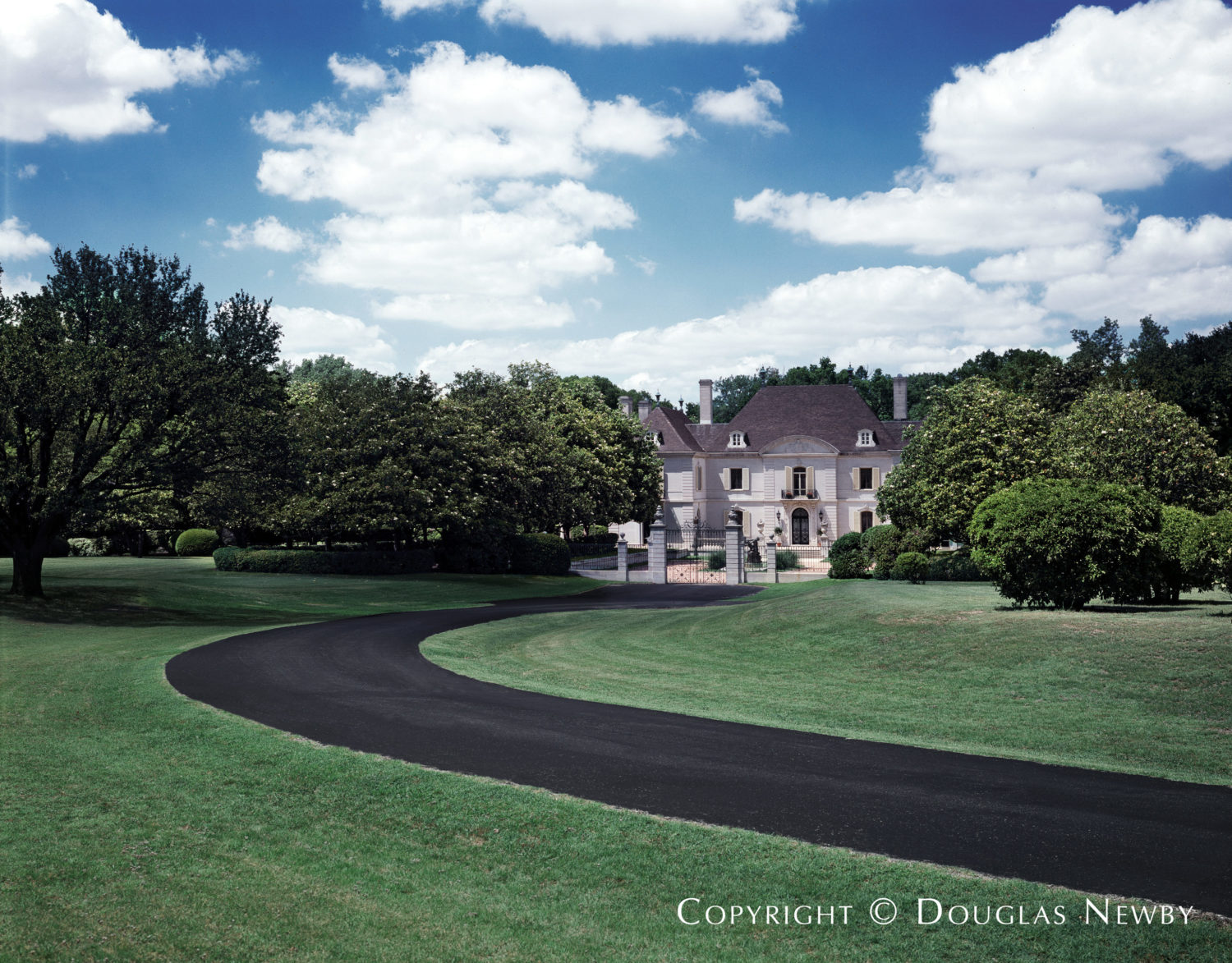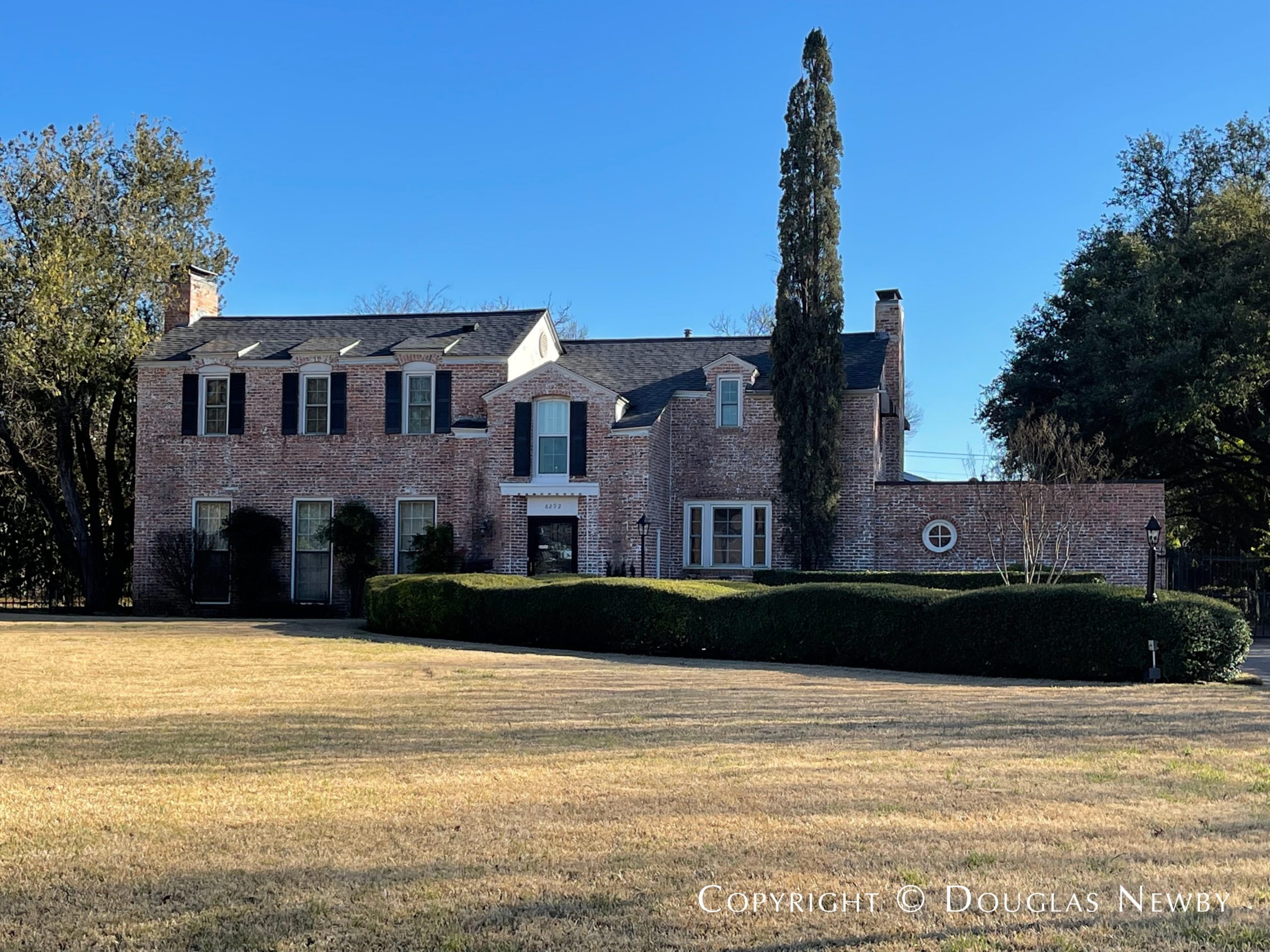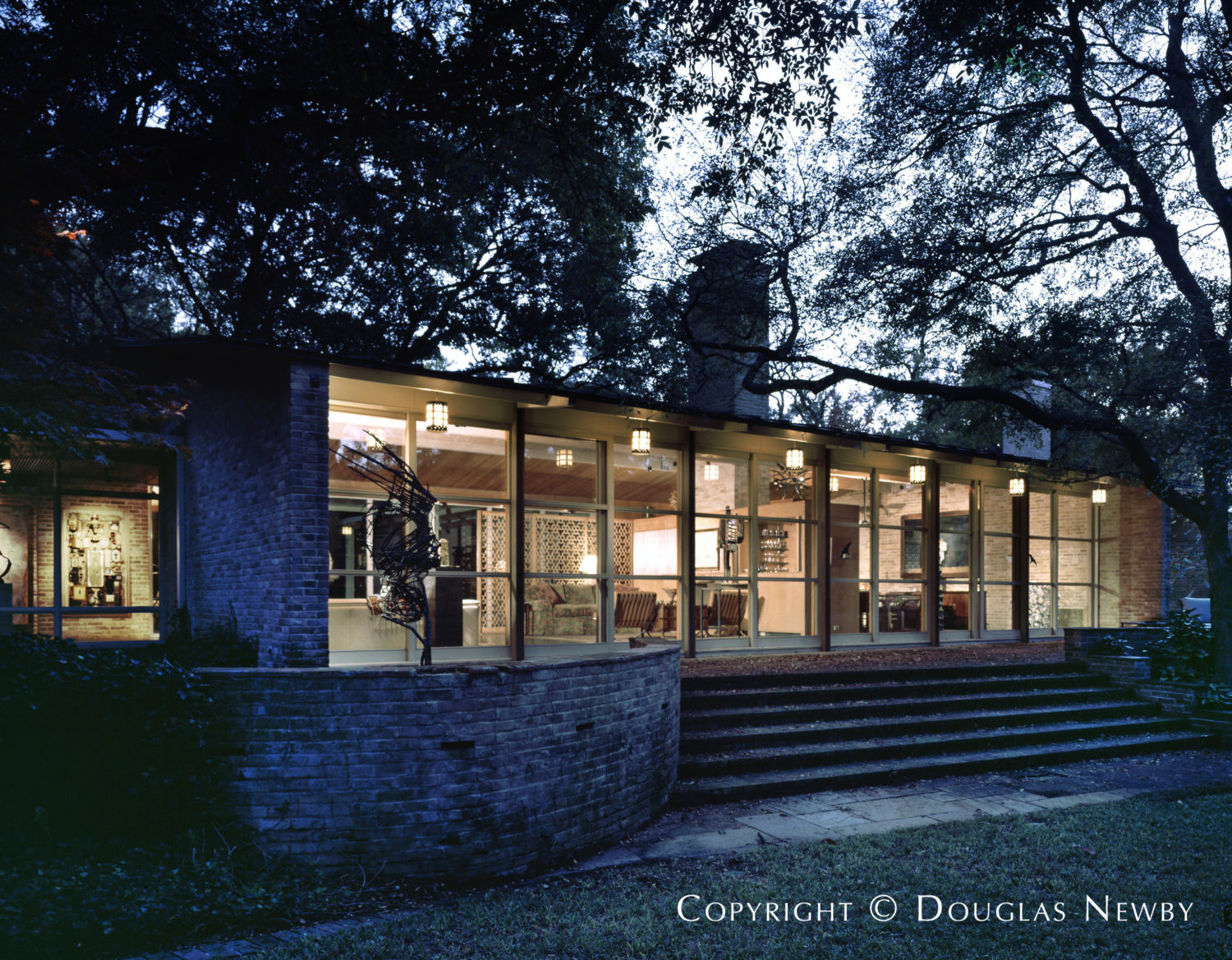
In my last article I proposed five steps for saving homes that were historic from demolition, with a deep dive into the first step: identifying and illuminating historic and architecturally significant homes. In this post, I’ll take a closer look at Step Two of the next four proactive preservation steps that will save homes.
Recap of 5 Preservation Steps of Saving Homes
Step 1: Identify and Illuminate Historic and Architecturally Significant Homes
Step 2: Contact and cultivate homeowners.
Step 3: Enlist architects and interior designers to create a vision.
Step 4: Coordinate inspectors, contractors, appraisers to confirm cost and economic viability.
Step 5: Create deed restrictions and architectural easements that allow renovation but prohibit devastation.
Step Two for Saving Homes – Contacting and Cultivating Homeowners

Step Two of saving homes is the focus of this article. It is the most proactive step in saving the identified architecturally and historically significant homes. Preservationists and stakeholders should contact homeowners of historic or architecturally significant homes to cultivate their potential interest in preserving their homes in the future, when the time comes for the homes to be sold.
Homeowners of David Williams Home are Proactively Saving Their Own Home
These homeowners are a perfect example of saving homes and how those who are fond of their home and have a passion for architecture, history and Dallas can take proactive steps to protect their home into the future, after it is sold.
Architecture Sympathizers and Those Passionate About Their Own Homes and Dallas Should be Cultivated
Just as leaders and development officers of SMU or UT Southwestern or the Dallas Museum of Art cultivate potential donors well in advance of a major gift, preservationists interested in savings homes should cultivate homeowners – potential patrons of architecture and history — well before they are ready to sell their historic or architecturally significant homes. Many homeowners would be delighted to help preserve their home after the sale. These homeowners just need some encouragement and guidance on how to put those protections in place.
Cultivate Owners of Historic Homes Like Museums Cultivate Owners of Important Paintings
I imagine that Augustín Arteaga, director of the Dallas Museum of Art, knows the current owner every privately owned, museum-quality painting or sculpture in the Dallas area. Yet surprisingly few owners of architecturally significant homes are approached by preservationists regarding their future plans for their homes after the owners are gone. Once museum quality homes are identified, owners of these homes should be cultivated by preservationists just as owners of museum quality art are cultivated by art dealers.
Many homeowners of architecturally significant and historic homes will donate art or large sums of money greater than the value of their homes to schools, museums and nonprofits. And yet when it comes to saving homes they leave their significant home to be discharged by a trustee or executor of the estate. When there are no specific instructions, that executor is obligated to sell the home as expeditiously as possible. Regardless of the affection that the homeowner may have had for their architecturally significant home, often the surviving children live out of state and do not have an understanding of the home’s importance. Survivors may not appreciate how the home can further project the legacy of their parents, or know that the home may be worth more than lot value.
Homeowners Whose Home is Their Greatest Asset May Also be Most Eager to Preserve Their Home

For many homeowners, their home is their greatest asset; they are eager to provide the largest portion of the proceeds to their children rather than to charitable organizations. A proactive preservation plan might allow a homeowner to ultimately distribute more money to their children and in effect donate the preservation of the home to the community by establishing an architectural easement . In addition, their home will probably become known by their name rather than address, since they were the long-time owner of the home who saved and preserved it. This was the case with the O’Neil Ford-designed home on Northbrook that was known as the Haggerty/Hanley house for the Haggertys, the original owners, and for Tim and Nancy Hanley who renovated it. The Haggerty/Hanley home became a national example of Texas Modern architecture for 30 years, visited by architects at the AIA national convention in Dallas and local and international visitors to see the home and its Texas Modern art collection. Recently, the home was torn down as the estate did not have any architectural restrictions or protections in place.
Sometimes Just Being Made Aware of the Architectural Significance is Enough to Save a Home
Saving homes is sometimes as easy as just letting the homeowner know how significant their home is. A good example of this is when architect Cliff Welch, FAIA, and I visited the E.G. Hamilton-designed midcentury modern home at 3616 Crescent Avenue in Highland Park. Just by chance, when we were there, the future homeowner stopped by, having just signed the purchase documents. When we asked the new owners about their plans for the house, they said they were going to build a new home. We exuberantly explained how they should not do that because of the importance of the home they were buying, the architect, and how the home had just been selected as a Dallas Chapter AIA 50 Significant Home. They said they would give this some thought.
Rather than alerting the public to rain down on these buyers with insults and harsh comments, I notified a few key members of the community. These Dallas leaders also encouraged these new owners not to tear down the house and encouraged another buyer, who had made an earlier offer on the same home and desired to renovate it, to try to buy the home again. They did buy it, which allowed the first buyer to purchase another lot, without a significant home already on it, to build on. This midcentury modern home was renovated and survived for 15 years, enabling a whole new generation to see a residential example of the work of architect E.G. Hamilton, who also designed NorthPark shopping center.
Saving Homes Begins with Homeowner Knowledge of What They Own
Saving homes starts with the owners of architecturally significant and historic homes knowing what they own and recognizing the home’s aesthetic, historic and economic value over and above the cost of the underlying land.
Next Article Will Discuss Steps Three and Four of Saving Homes
Step Three of saving historic and architecturally significant homes is a gamechanger. In my next article I will discuss Step Three of saving a home, how architects and designers proactively create a vision for a renovated historic home along with Step Four where inspectors, contractors and appraisers determine the economic viability of a renovated home so a future buyer can more evenly compete with a lot-only buyer to buy the historic home.


